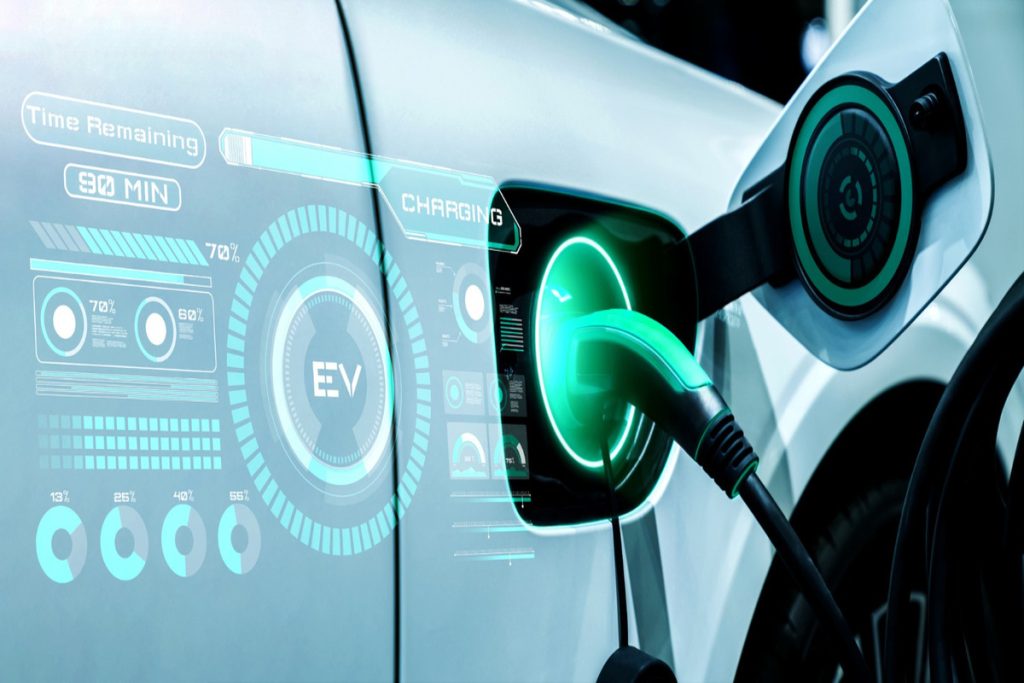The Growing Demand for Electric Vehicles
As environmental awareness increases, more consumers are turning to electric vehicles as a greener alternative to traditional gas-powered cars. The global demand for EVs is expected to surge in the coming years, driven by government incentives, stricter emissions regulations, and advancements in battery technology. In many regions, electric vehicles are no longer a niche market but are becoming mainstream choices for environmentally-conscious consumers.
Government Policies and Incentives
Governments around the world are playing a significant role in promoting the adoption of electric vehicles. Many countries have implemented subsidies and tax incentives to encourage consumers to make the switch to electric vehicles. Additionally, cities are increasingly investing in EV-friendly infrastructure, such as charging stations and dedicated lanes. These policies are expected to continue to drive the growth of the EV market in the coming years.
Technological Advancements in EV Battery Technology
The heart of any electric vehicle is its battery, and ongoing advancements in battery technology are making EVs more efficient and affordable. In 2025, we can expect significant improvements in battery capacity, charging speed, and overall longevity. The development of solid-state batteries and innovations in energy storage will make electric vehicles more practical and cost-effective for consumers and businesses alike.
The Role of Charging Infrastructure
One of the main challenges to widespread EV adoption is the availability of charging stations. While the number of charging points is increasing, there is still a need for further expansion to ensure convenience for EV owners. Governments, automakers, and private companies are investing heavily in charging infrastructure to make electric vehicles more accessible to a global audience. The establishment of fast-charging networks will be crucial for the success of EVs in the mainstream market.
Environmental Benefits of Electric Vehicles
One of the primary drivers behind the rise of electric vehicles is their positive environmental impact. EVs produce zero tailpipe emissions, which significantly reduce air pollution in urban areas. Furthermore, as the energy grid shifts towards renewable sources like solar and wind, the carbon footprint of EVs will continue to decrease. The adoption of electric vehicles is essential in the fight against climate change and for achieving global sustainability goals.
The Role of Automakers in the EV Revolution
Major automakers are increasingly shifting their focus to electric vehicles. Companies like Tesla, Volkswagen, and General Motors are leading the charge, with plans to electrify their fleets in the coming years. In 2025, we will see more car manufacturers introducing new electric models, including SUVs, trucks, and affordable compact cars. These advancements will make electric vehicles accessible to a broader range of consumers, further accelerating their adoption.
Challenges to Widespread EV Adoption
Despite the many advantages of electric vehicles, there are still several challenges that need to be addressed. One of the main hurdles is the high upfront cost of EVs, which can be a barrier for many consumers. While the cost of batteries is decreasing, EVs still tend to be more expensive than traditional vehicles. Additionally, the limited driving range of some electric vehicles and the time required for charging are other factors that need to be improved to make EVs more convenient for everyday use.
Conclusion: The Road Ahead for Electric Vehicles
The future of electric vehicles is bright, with rapid advancements in technology, supportive government policies, and increasing consumer demand. While challenges remain, the transition to electric vehicles is inevitable as we move towards a more sustainable future. By investing in clean energy solutions and expanding charging infrastructure, electric vehicles will play a central role in reducing emissions and creating a cleaner, greener world.
Frequently Asked Questions
- What are the environmental benefits of electric vehicles?
- Electric vehicles produce zero tailpipe emissions, reducing air pollution and contributing to cleaner cities.
- What is driving the growing demand for electric vehicles?
- Government incentives, stricter emissions regulations, and advancements in battery technology are key drivers.
- How does government policy affect electric vehicle adoption?
- Governments are offering subsidies and tax incentives while investing in charging infrastructure to promote EV adoption.
- What advancements are being made in EV battery technology?
- Battery capacity, charging speed, and longevity are improving, with solid-state batteries becoming a significant development.
- Why is charging infrastructure important for EV adoption?
- Expanding charging networks ensures that EV owners can easily charge their vehicles, reducing barriers to adoption.
- What is the role of automakers in the electric vehicle revolution?
- Automakers are investing heavily in electric vehicles and introducing new models to meet growing consumer demand.
- What challenges are preventing widespread EV adoption?
- The high upfront cost, limited driving range, and charging time are key obstacles to the mass adoption of EVs.
- How do electric vehicles help reduce carbon emissions?
- EVs reduce emissions by producing no tailpipe pollution and can be powered by renewable energy sources.
- What is the future of electric vehicles in 2025?
- The market will see more affordable, efficient, and widely available electric vehicles, further driving adoption.
- What is the role of renewable energy in EV adoption?
- As the energy grid becomes greener, the carbon footprint of EVs will continue to decrease, making them even more eco-friendly.




